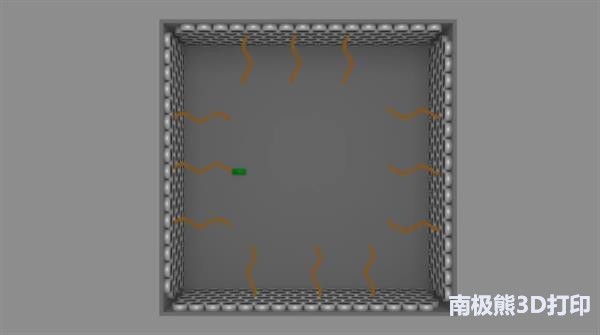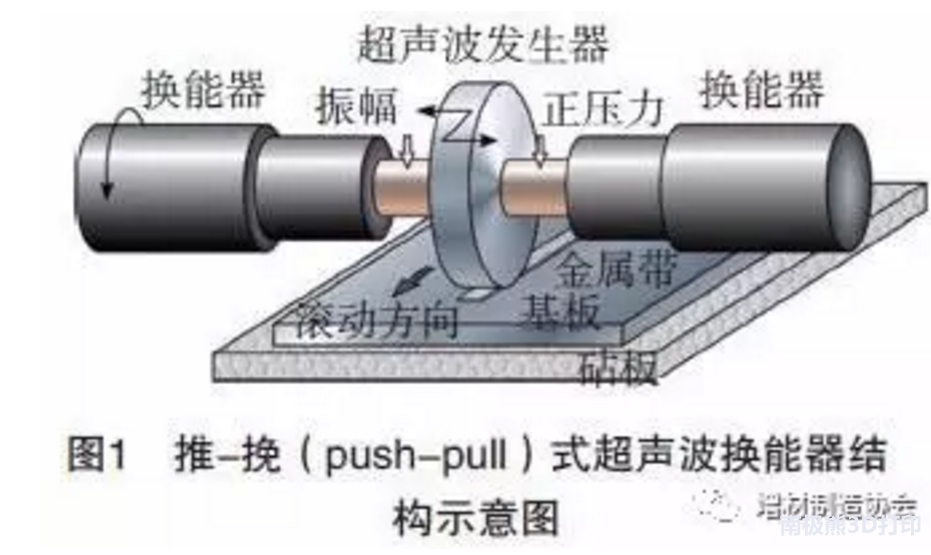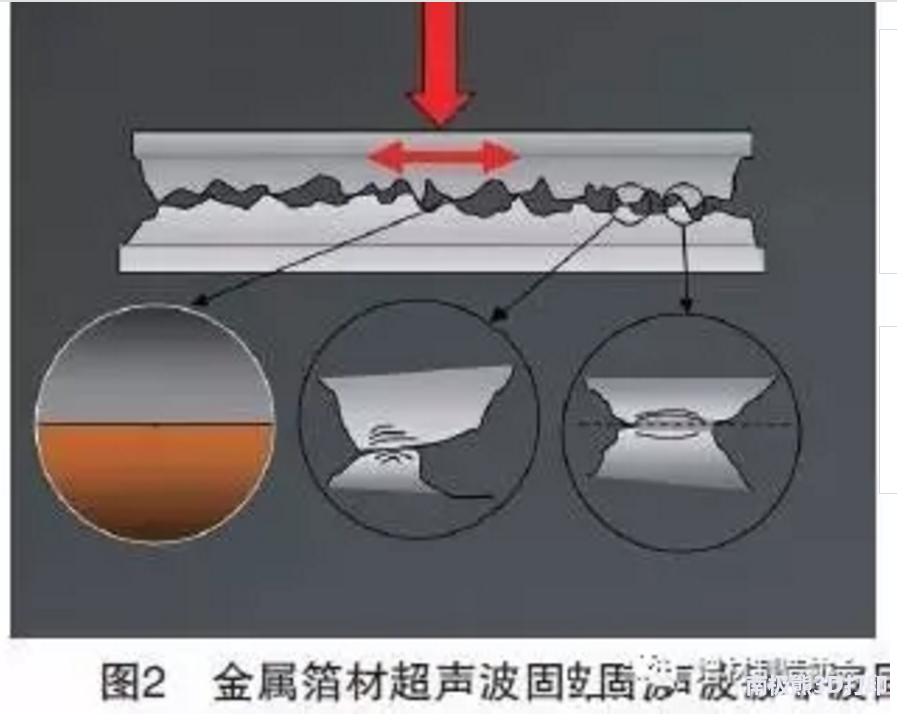In recent years, a new ultrasonic additive manufacturing technology has been developed in foreign countries. It uses high-power ultrasonic energy and uses metal foil as a raw material to utilize the heat generated by the vibration between the metal layer and the layer to promote interdiffusion of metal atoms between the interfaces. The interface solid-state physical metallurgy combines to realize the additive manufacturing and forming of the metal strip layer by layer. At the same time, the consolidation and addition process is combined with the numerical control milling and other material reduction processes to realize the ultrasonic additive manufacturing of ultrasonic forming and manufacturing integration. technology. Compared with high-energy beam metal rapid prototyping technology, ultrasonic additive manufacturing technology has the advantages of low temperature, no deformation, fast speed, green environmental protection, etc. It is suitable for complex manufacturing of complex laminated parts forming and processing, in aerospace and equipment. Cutting-edge fields such as energy and transportation have important application prospects.

I. Development of Ultrasonic Additive Manufacturing Technology 1. Development of Ultrasonic Metal Welding Ultrasonic metal welding technology was discovered by chance in the 1930s. At the time, when the current spot welding electrode was added to the ultrasonic vibration test, it was found that the current could not be welded, and the ultrasonic metal cold welding technique was developed. Although the discovery of ultrasonic metal welding technology is earlier than ultrasonic plastic welding, the most widely used ultrasonic plastic welding is because ultrasonic plastic welding requires much lower weld head quality and transducer power than metal welding. Therefore, due to the limitation of ultrasonic transducer power, ultrasonic welding technology has not been well applied and developed in the field of metal welding for many years, mainly limited to metal spot welding, seam welding, wire harness and sealing tube.
The key to ultrasonic additive manufacturing equipment is high-power ultrasonic transducers. The United States adopts push-pull technology. By connecting two transducers in series, a 9kW high-power ultrasonic transducer has been successfully manufactured. The principle of a push-pull ultrasonic transducer is shown in Figure 1. The emergence of high-power ultrasonic transducers enables ultrasonic welding technology to achieve large-area rapid consolidation forming of a certain thickness of metal foil, laying a technical foundation for the development of ultrasonic additive manufacturing technology.

2. Ultrasonic Consolidation Forming Mechanism The ultrasonic consolidation forming technology uses high-power ultrasonic energy to use metal foil as a raw material to utilize the heat generated by the vibration between the metal layer and the layer to promote interdiffusion and formation of metal atoms between the interfaces. Solid metallurgy combines to achieve layer-by-layer additive additive manufacturing. 2 is a schematic diagram of the principle of ultrasonic consolidation. When the upper metal foil is driven by the ultrasonic indenter to vibrate at a high frequency relative to the lower foil, the temperature of the convex portion between the foils rises due to frictional heat generation. The plastic deformation occurs under the action of pressure, and the metal atoms in the ultrasonic energy field will diffuse to form an interface bond, thereby realizing the metal layer-by-layer additive consolidation manufacturing. Combining rapid prototyping with CNC milling, it forms a 3D printing technology that integrates ultrasonic consolidation and manufacturing.

3. Advantages of Ultrasonic Additive Manufacturing Technology Compared with high-energy beam metal parts rapid prototyping technology, ultrasonic consolidation forming and manufacturing technology has the following advantages:
(1) Raw materials are ordinary commercial metal strips with a certain thickness, such as aluminum strips, copper strips, titanium strips, steel strips, etc., rather than special metal powders for additive manufacturing, so the raw materials are widely available and the price is low.
(2) The ultrasonic consolidation process is solid state connection forming, the temperature is low, generally 25% to 50% of the melting point of the metal, so the residual internal stress inside the material is low, the structural stability is good, and no stress relief annealing is required after forming.
(3) Saving energy, the energy consumed is only about 5% of the traditional forming process; it does not produce any waste pollution such as welding slag, sewage, harmful gases, etc., so it is an energy-saving and environmentally-friendly rapid forming and manufacturing method.
(4) This technology is combined with the numerical control system, which is easy to realize the integration of the three-layer complex shape parts and the numerical control processing. It can make deep grooves, voids, meshes, internal honeycomb structures, and traditional processing techniques with complicated shapes. The manufactured metal parts can also be graded according to the working conditions and special performance requirements of different parts of the parts.
(5) Ultrasonic consolidation not only can obtain nearly 100% physical metallurgical interface bonding rate, but also can recrystallize grains in the local region of the interface, locally grow nanoclusters, so that the material structure performance is improved. In addition, the oxide film on the surface of the consolidation process can be broken by ultrasonic waves without prior surface pretreatment of the material.
(6) The technology can be used not only for the rapid laying and manufacturing of metal matrix composites and structures, metal foam and metal honeycomb sandwich panels, but also because the manufacturing process of the technology is a low temperature solid state physical metallurgical reaction, The device is implanted to create smart structures and components.
(7) In addition to being used for large-scale plate-shaped complex structural parts, ultrasonic consolidation forming equipment can also be used to manufacture laminated packaging materials, laminated composite electrodes, thin-layer laminates, and to make precision using these materials and post-treatment processes. Electronic component package structure and complex laminated thin-walled structural parts.